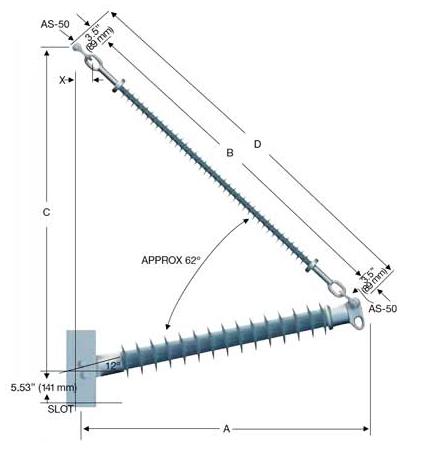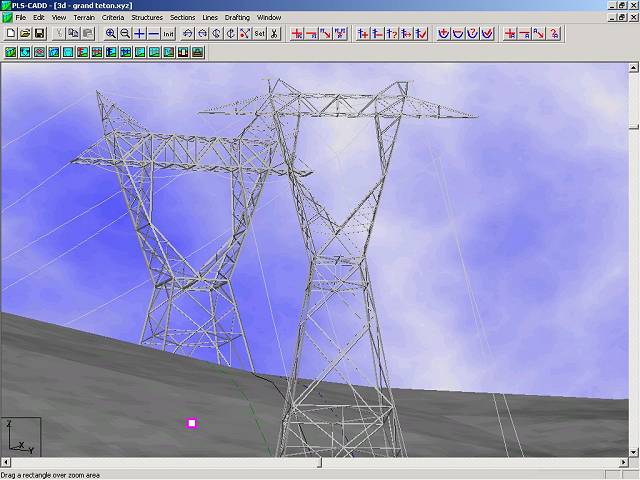

Now, if all you care about is the ground clearance, you can skip the structure models and input stick figures that represent the attachment points so you can check ground clearances when the wire heats up under electrical load. Once you have the towers and cable pulled in, you can then start checking the structures to see if they are strong enough. The utility may have them already done or you will have to model them yourself. Once you have a Criteria established, you will need lattice tower models for the line.

The cable tension percent is also set in the criteria file. The criteria file also determines the loads applied to the towers or poles. For your T-Line in Norway, you (or your utility client) will have to develop a Criteria File for that country and you get to decide what weather loads to apply to the line. The PLS-CADD guys have several European codes to select from in the criteria file. RE: PLS CADD transmissiontowers (Structural) 12 Feb 13 11:21 I have read that the dead load factor consist on taking account the weight of every element that is installed permanently on the pole about the wind area factor i want to. I have been called "A storehouse of worthless information" many times. Hi, im new using pls pole and want to make a load case (.lca) file, but first i want to make sure the meaning of some items such as: 1 Dead Load Factor. with the new tower's weight and wind span parameters because the spans could change with the new O.S. Now, if the selected tower is not strong enough and you have to replace it with a slightly taller one, then you need to re-run the O.S. You then string all your wires and do the structural analysis to make sure the towers are indeed strong enough. I believe it assumes that the tower/pole will be strong enough based on the simple parameters you input. and it picks a set of towers or poles based on the cheapest line design.
Pls cadd tutorial video plus#
You identify the hard angle points where the line turns, then you identify a set of possible candidate structures with their capacities in wind and weight spans plus the max angle.

We use PLS-CADD daily for transmission line design, and aside from a few know bugs/flaws, it is EXCELLENT software. works.įrom my meager understanding, you start with a route you have terrain data for. In contrast, learning what design values to use in PLS-CADD (for clearances, studies, etc) is the hard part - but that can be found in your companys design manual, talking to experienced engineers, etc.
Pls cadd tutorial video manual#
The manual is fairly good and it would be good to get a basic understanding by reading the manual and opening the example line models and see how the O.S.
Pls cadd tutorial video software#
If you have a senior engineer around that has experience with the software and the optimum spotting, lean on their experience. From my experience, there is a lot to learn about the software.


 0 kommentar(er)
0 kommentar(er)
